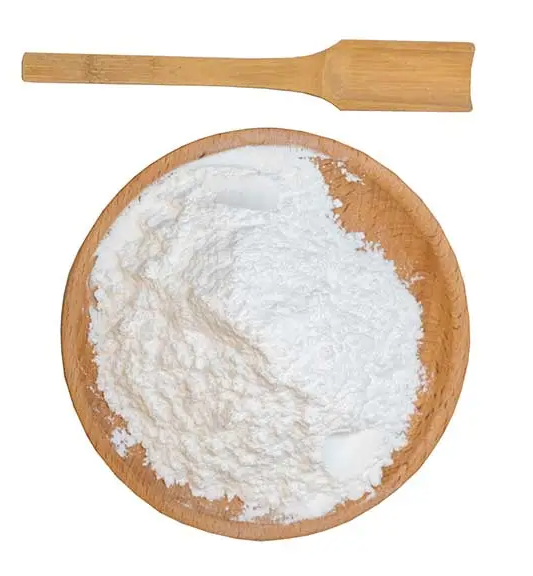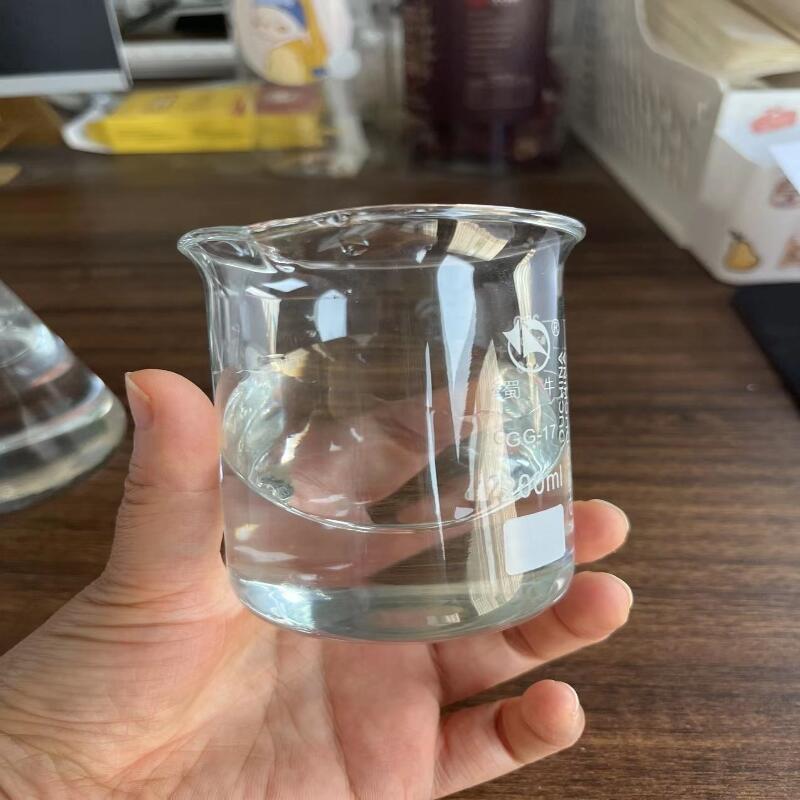-
Categories
-
Pharmaceutical Intermediates
-
Active Pharmaceutical Ingredients
-
Food Additives
- Industrial Coatings
- Agrochemicals
- Dyes and Pigments
- Surfactant
- Flavors and Fragrances
- Chemical Reagents
- Catalyst and Auxiliary
- Natural Products
- Inorganic Chemistry
-
Organic Chemistry
-
Biochemical Engineering
- Analytical Chemistry
-
Cosmetic Ingredient
- Water Treatment Chemical
-
Pharmaceutical Intermediates
Promotion
ECHEMI Mall
Wholesale
Weekly Price
Exhibition
News
-
Trade Service
Schaftoside is a widely used chemical in the textile industry, and it is commonly used as a softening agent in the production of fabrics.
The chemical is known for its ability to improve the texture and hand feel of fabrics, making them softer and more comfortable to wear.
However, the use of Schaftoside has also raised some concerns about its safety in the workplace and for the environment.
Schaftoside is classified as a moderate skin irritant, and it can cause skin redness, itching, and blistering upon contact.
This can be particularly problematic for workers who handle the chemical on a regular basis, as it can lead to long-term skin damage and sensitization.
In addition, Schaftoside is also known to be harmful if ingested, inhaled, or if it comes into contact with the eyes.
Prolonged exposure to the chemical can cause respiratory problems, digestive issues, and even cancer.
The use of Schaftoside in the textile industry has been linked to a number of health problems in workers, including skin irritation, respiratory issues, and cancer.
In fact, studies have shown that workers in the textile industry who have been exposed to Schaftoside have a higher risk of developing cancer, particularly in the lungs, liver, and bladder.
One of the main concerns with Schaftoside is its potential to contaminate groundwater and other water sources.
The chemical is known to be highly soluble in water, which means it can easily leach into the soil and find its way into underground aquifers.
This can have serious consequences for communities that rely on these water sources for drinking and other household uses.
In addition, Schaftoside can also contaminate nearby soil and vegetation, which can harm local ecosystems and wildlife.
To mitigate the risks associated with Schaftoside, it is important for workers in the textile industry to take appropriate safety precautions.
This can include wearing protective clothing, using ventilation systems to improve air quality, and following proper handling and disposal procedures.
In addition, companies can also implement measures to reduce their use of Schaftoside and find alternative chemicals that are safer for workers and the environment.
Government regulations can also play an important role in reducing the risks associated with Schaftoside.
In many countries, there are strict safety standards and regulations in place to protect workers from exposure to harmful chemicals, including Schaftoside.
Companies that violate these regulations can face serious consequences, including fines and legal action.
In conclusion, Schaftoside is a chemical that can cause serious health and environmental problems if not handled properly.
While it has some useful applications in the textile industry, it is important for workers and companies to be aware of its potential hazards and take appropriate safety precautions.
By working together to reduce the use of Schaftoside and find safer alternatives, we can help protect the health of workers and the environment for future generations.






